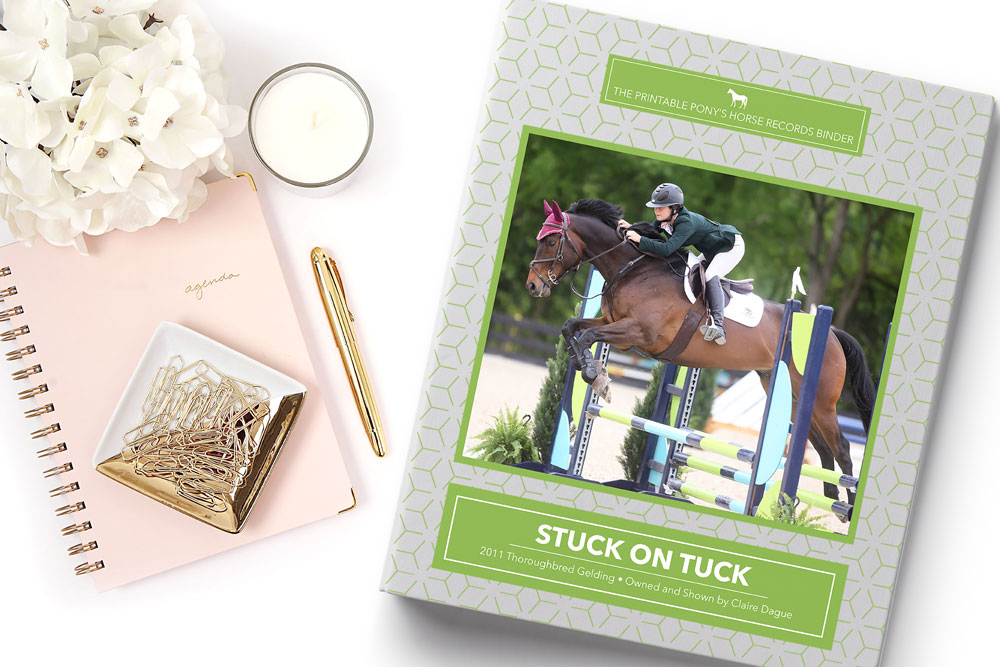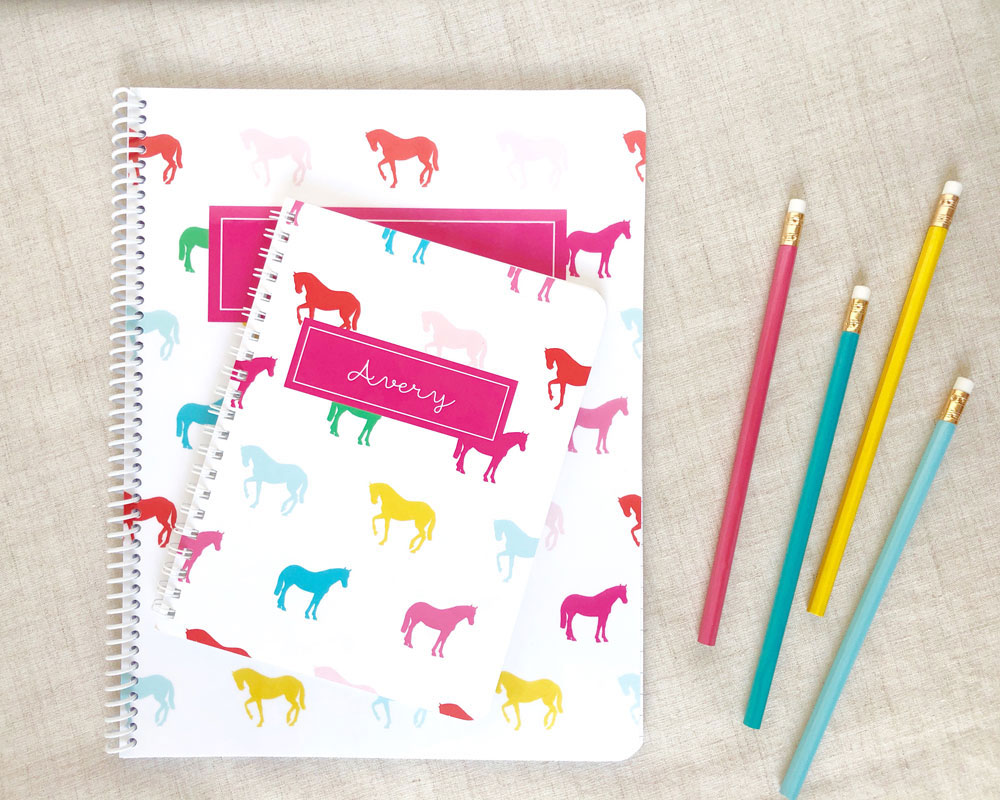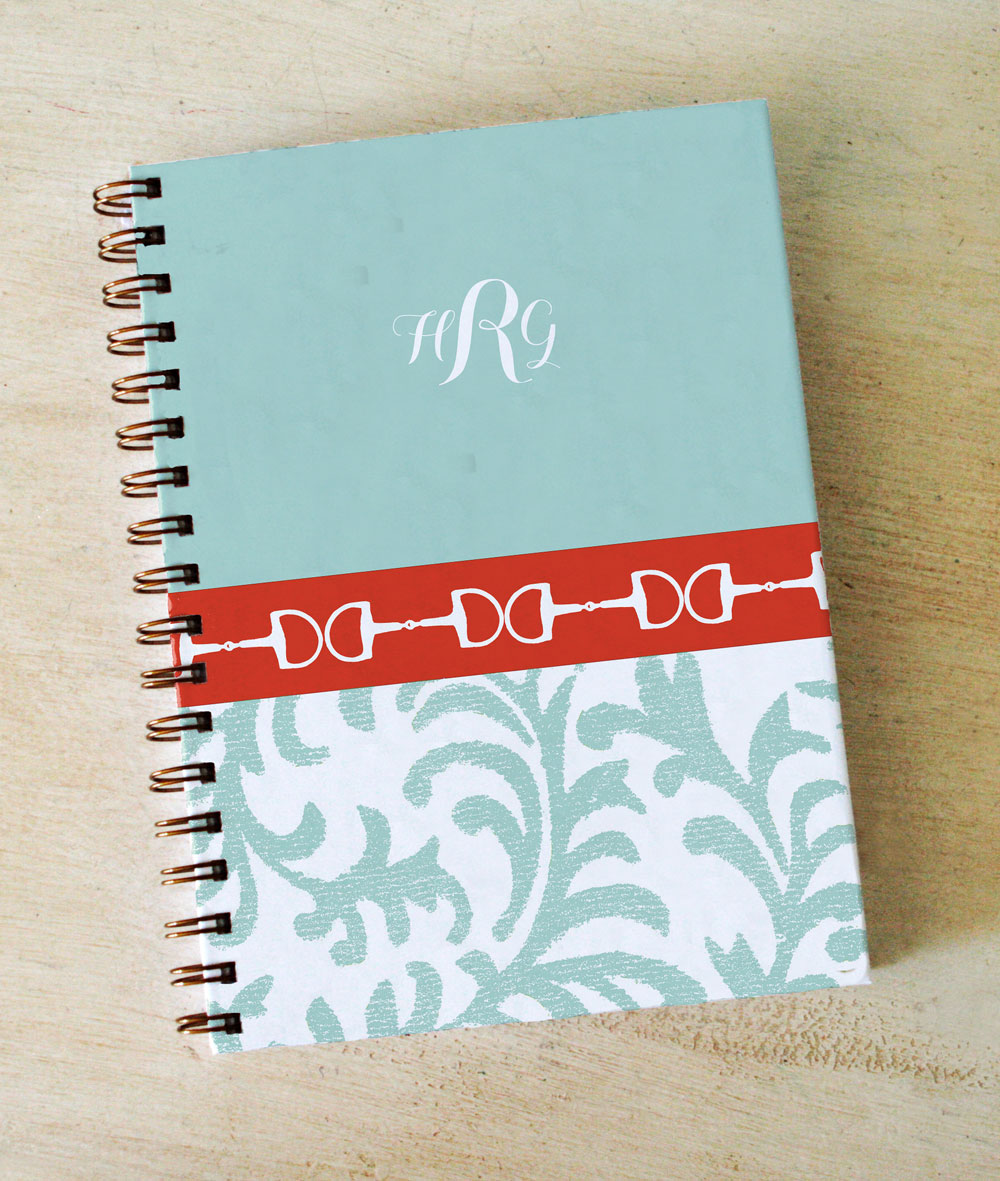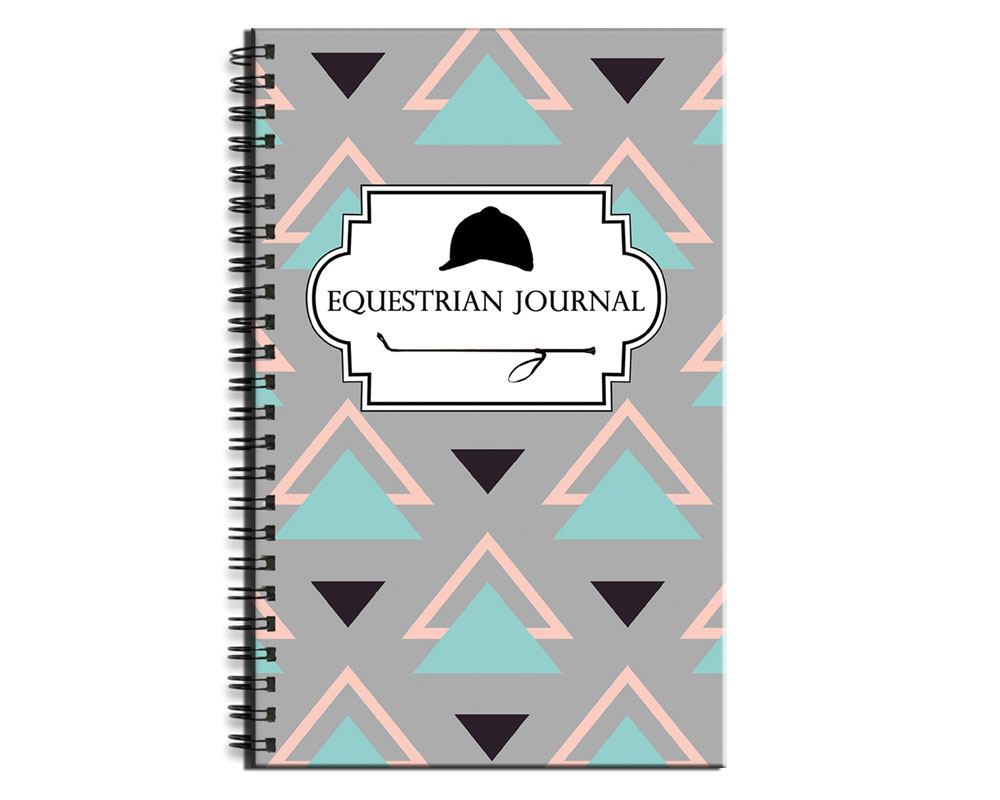When a green 3-year-old filly walked off the trailer and into my life, I made sure I had the essentials for equine ownership. My most meaningful purchase for my new horse was a hardcover journal with galloping psychedelic ponies on the exterior. I was eager to fill those blank pages with tales of triumph and obstacles along the way.

Writing it All Down
I haven’t been to a horse show in years, but my journal is still full. I jot down remarks about individual rides for better or worse, training goals, changes in diet, introducing new supplements, and health concerns. I can easily flip back a year from now and tell you the last time my horse had a swollen ankle, was put on medication for allergies, or went through a heat cycle.

I would be lying if I bragged about writing in my journal every day. Occasionally I don’t ride and there isn’t anything noteworthy happening.
There is no right or wrong way to journal. Sometimes I write down a few words; at times it’s a paragraph. I journal as needed and don’t turn the task into a dreaded chore. As long as there is a date with the entry, that’s all that matters.

Helpful Record-Keeping
My mare Fira struggled with a cough during her first spring in California.
I monitored her coughing in my journal and voiced my concern to my vet.
He assured me she was in good health and just had allergies.
She coughed intermittently from June until December. We assumed Fira’s coughing would return next spring, but it didn’t. When my vet asked what time she started experiencing allergies last year, I confidently stated the exact month and day. He was shocked at my knowledge of the precise dates.

One morning in July, Fira turned up lame. There were no signs of heat or swelling, but I knew this was something to keep track of. I immediately suspected a stone bruise and began treating her hoof. There was a dramatic difference in soundness after day one. By day two, she was soundly trotting on grass, and on the fifth day she was sound.
During this time, I referenced my journal and my memory was jolted back to the rocky trail ride that was most likely the culprit of the bruise. I’ll be able to look up my treatment plan if she ever gets a stone bruise again.

Reflecting on Positive Progress
I used to set unrealistic monthly training goals and belittle myself when they were not achieved. My journal is the voice of reason, proof of how far my horse and I have advanced. If I flip the pages back six months or even a year, I’ll find notes of frustration. I’ll recall when I couldn’t get my stubborn filly to walk forward on the trail or those days when she threw a tantrum.
A year later, I have a completely different horse because I kept working with her. That’s progress I can reflect on with pride.

Source: Equestrian Creations
Finding the Right Journal
Pick out a notebook that excites and motivates you to write.
Keeping an active journal is an excellent way to track your horse’s health, training, and behavior. Pick up a new journal to make a fresh start in 2019—the notes you take will provide you with insightful information for years to come. You can buy general-purpose journals from stores like Marshall’s, Home Goods, Target, Zazzle, Amazon and Home Goods, or try out these sites for more horsey flair.
Journals made just for equestrians:
- View Hallo: view-halloo.com
- The printable Pony: etsy.com/shop/PrintablePony
Blank notebooks with equestrian-themed covers:
- The Painting Pony: thepaintingpony.com
- Equestrian Creations: equestriancreations.com
- Meredith Collie: meredithcollie.com
This article originally appeared in the January 2019 issue of Horse Illustrated magazine. Click here to subscribe!





